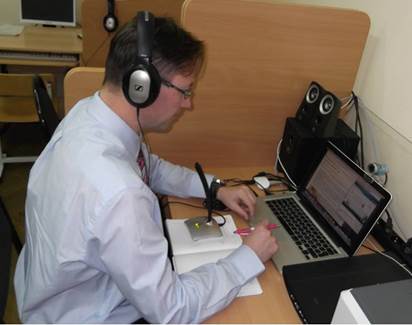Tebenkova E. A. Noosphere synergy as a continuity principle of spiritual ecological upbringing and development. LIFELONG EDUCATION: The 21st Century.
2013. № 4.DOI: 10.15393/j5.art.2013.2166
2013. № 4.
| Issue 4 | Problems of continuity of training and education in Russia |
 pdf-version |
Noosphere synergy as a continuity principle of spiritual ecological upbringing and development
 | Tebenkova E A Associate professor at the Department of Ecology and Life Safety at Kurgan State University (Kurgan) eashu@mail.ru |
|
Keywords: synergetics synergy noosphere synergy noosphere population principle of noosphere synergy spiritual ecological upbringing spiritual ecological development |
Abstract: This article aims to develop the idea of the continuity principle of spiritual ecological upbringing and human development in the context of noosphere philosophy. The author deals with philosophical and pedagogical interpretation of «the energy assumptions» concerning the formation of noosphere and considering the opportunities for the spiritual and ecological upbringing in this process. Relying upon the concept of synergy, the author explains noosphere synergy («noosynergy») as a mechanism of building the noosphere unification. In this regard, the author introduces the concept of creative population. The acceptance of the noosphere values as well as the energetic output («the will to love») plays a key role for the creative population. The author defines the purpose of the spiritual ecological education and development as the encouragement of necessary «energetic charge» in people. The model of this development is proposed, it includes the intention to understand ourselves and nature, the spiritually-oriented practice in natural environment, the comprehension of person and nature unity, the transformation into the creator of the noosphere, «the poet of one’s own life». The model of the constructive energy effects emergence (strengthening the energies of love and joy) is outlined. The principle of noosphere synergy in spiritual and ecological upbringing is set up based on the analysis of practical implementation of this model. |
Displays: 7335; Downloads: 1137;
DOI: http://dx.doi.org/10.15393/j5.art.2013.2166










